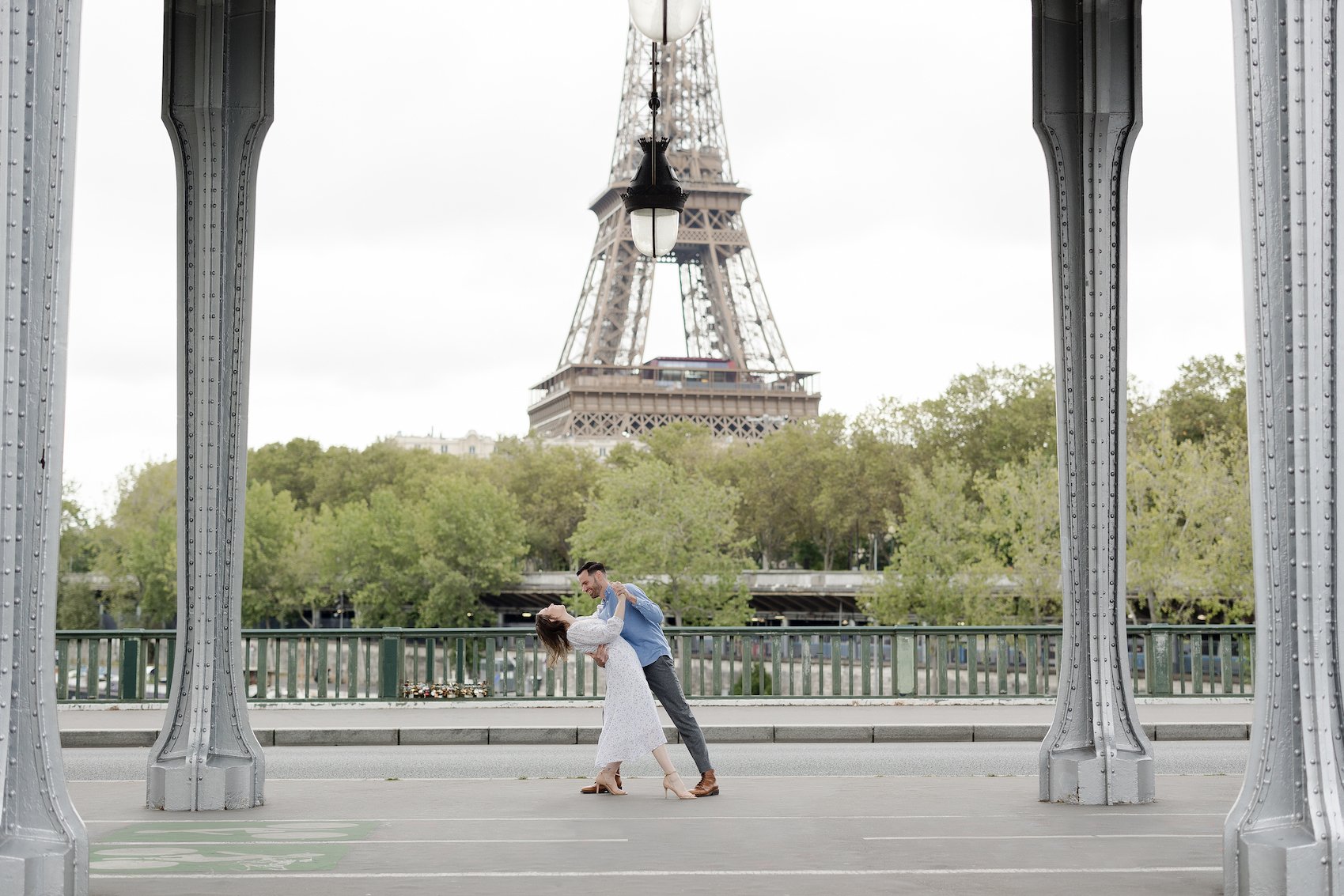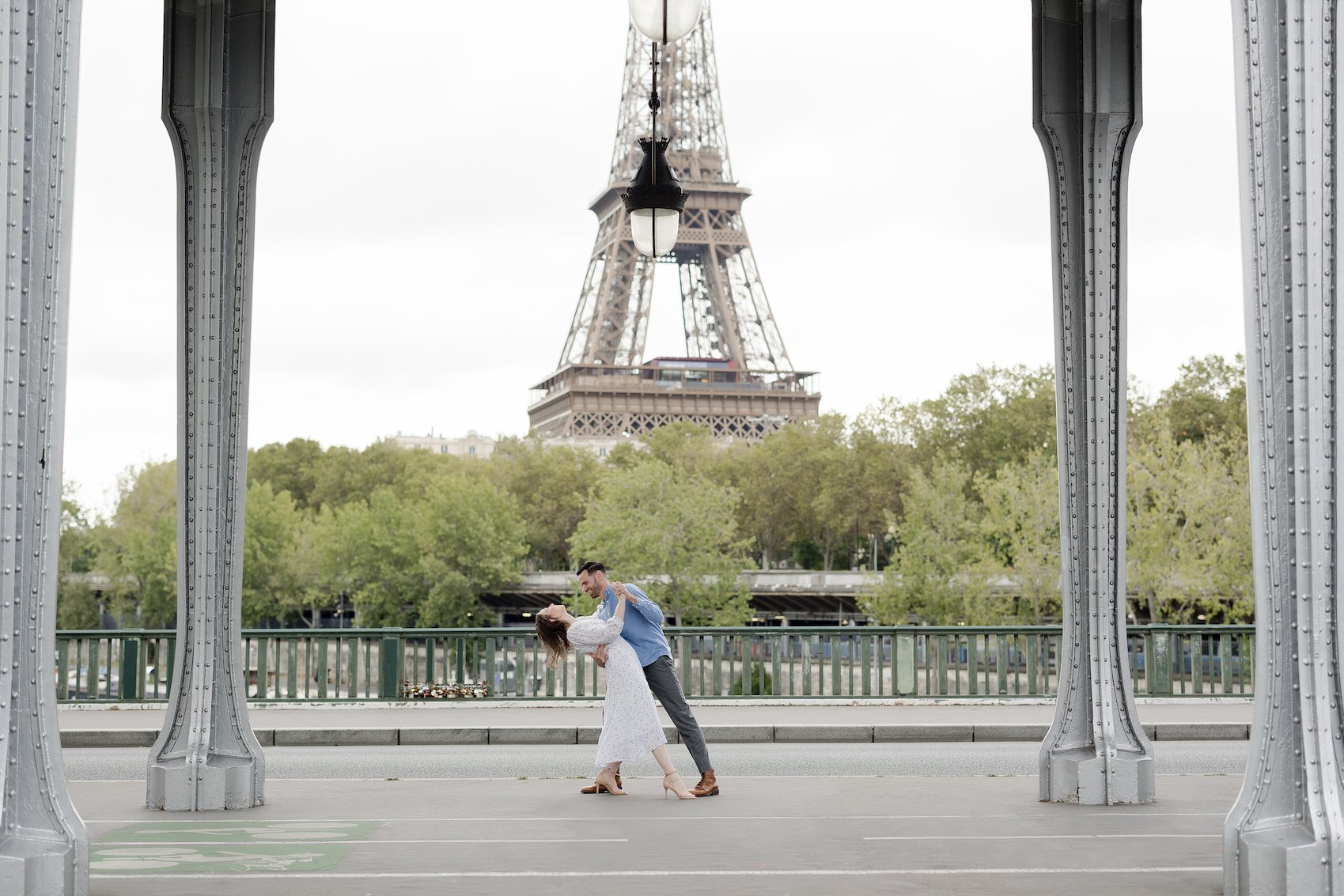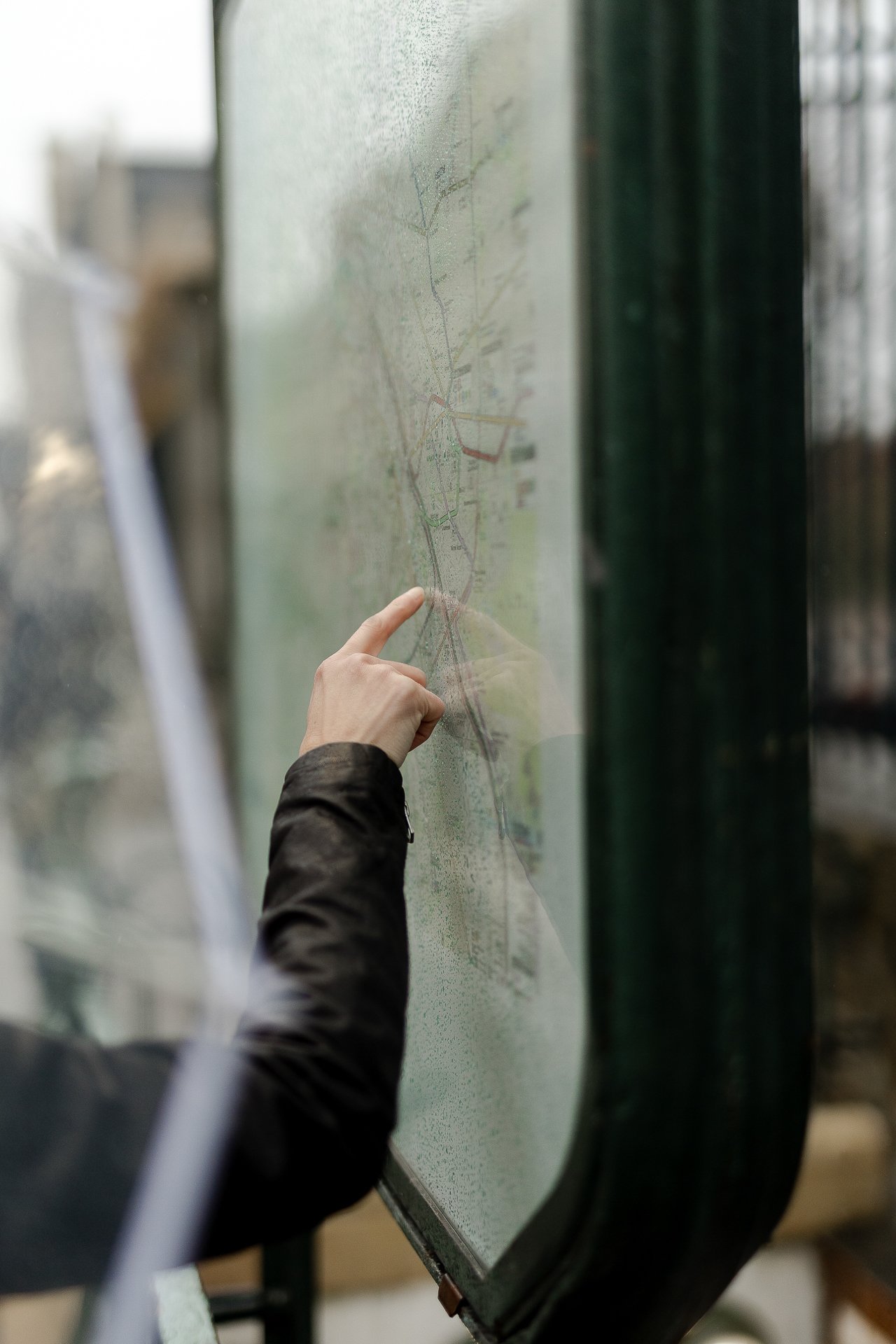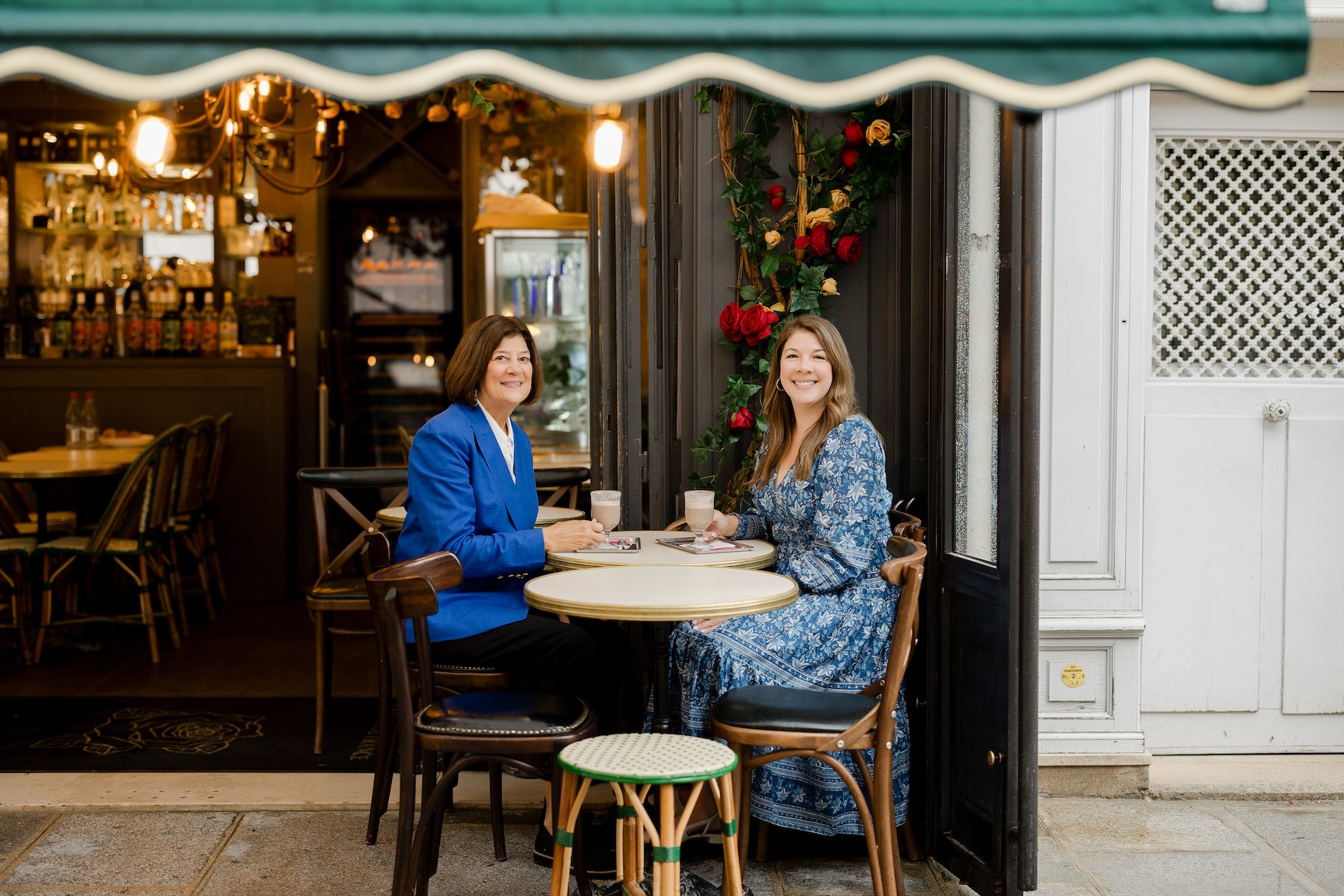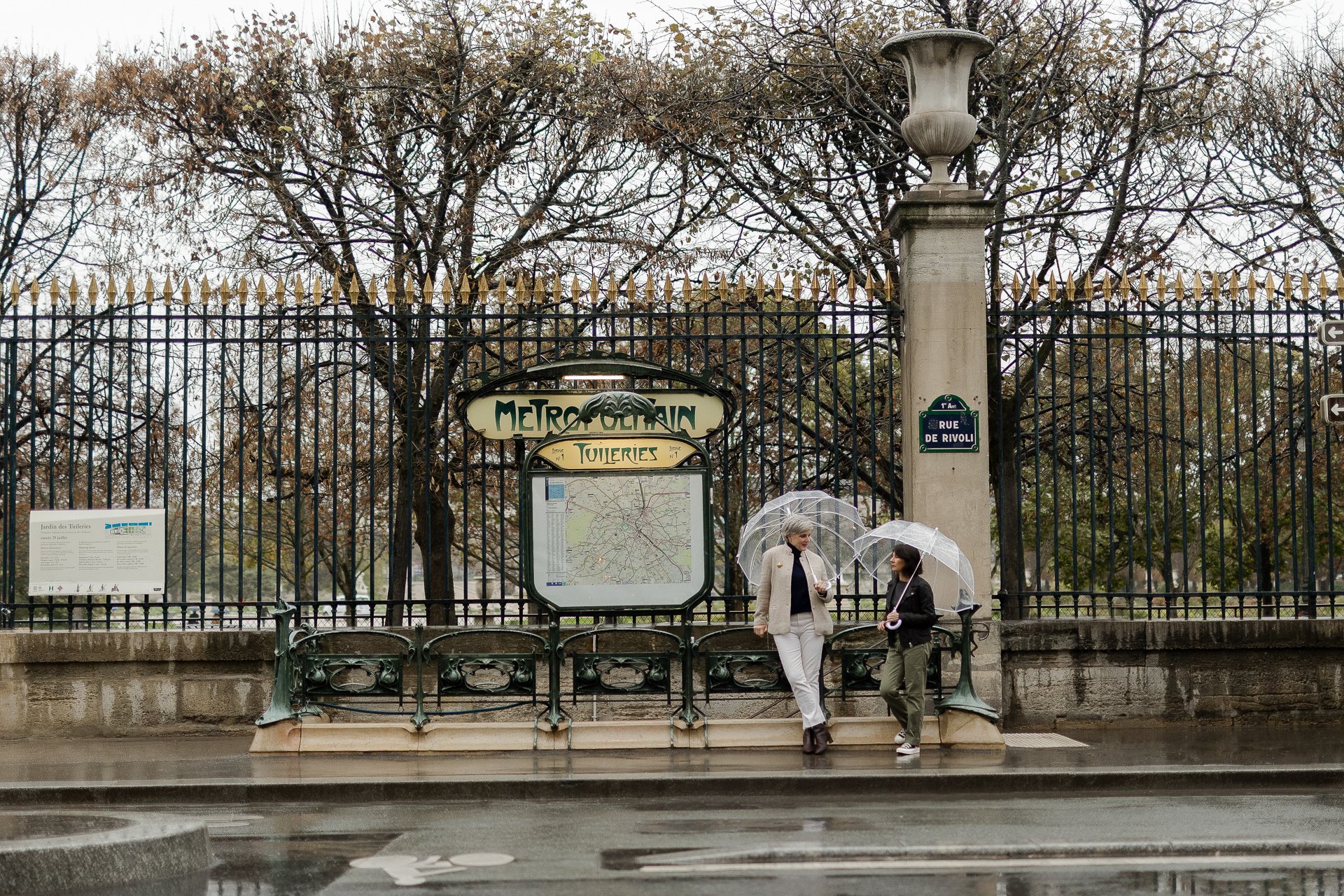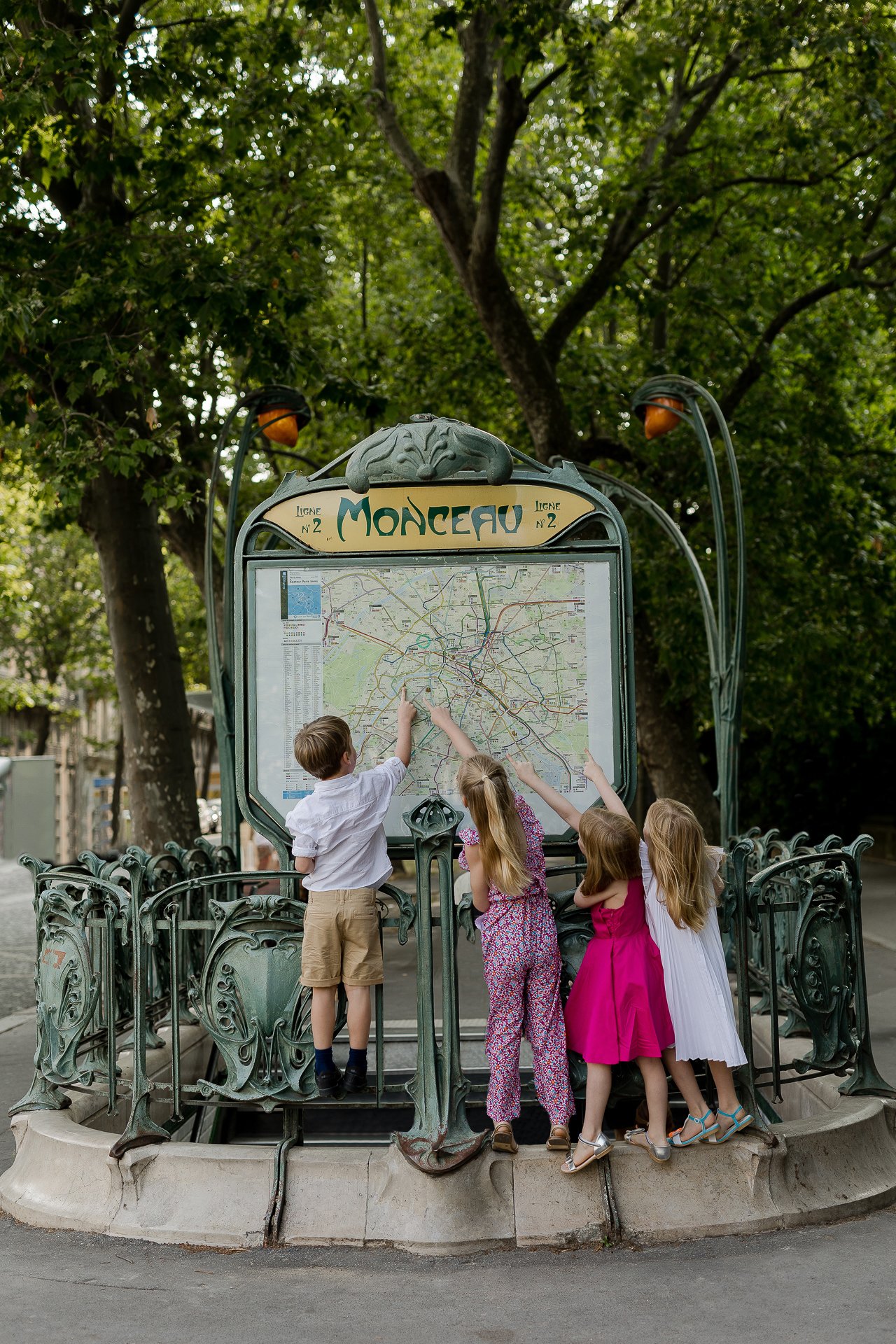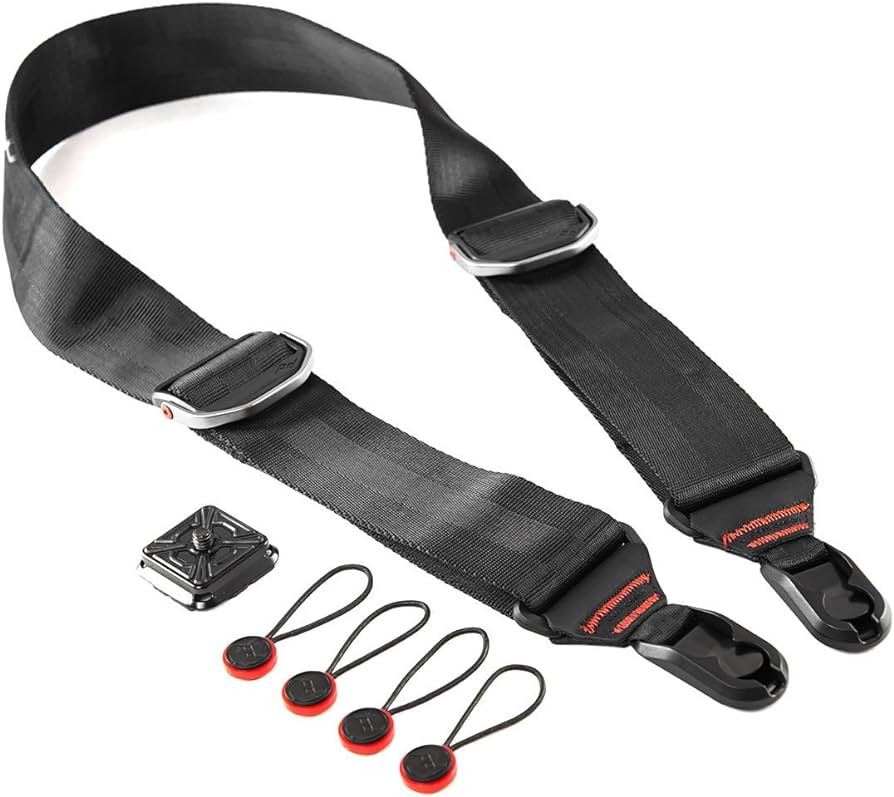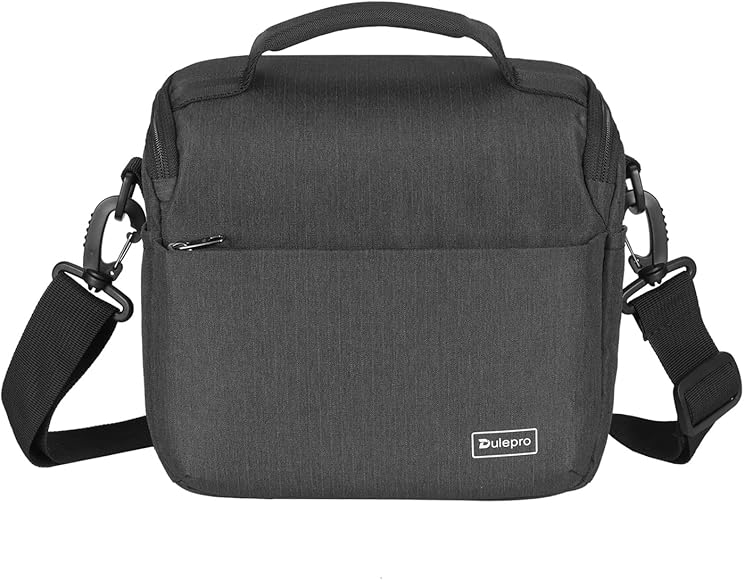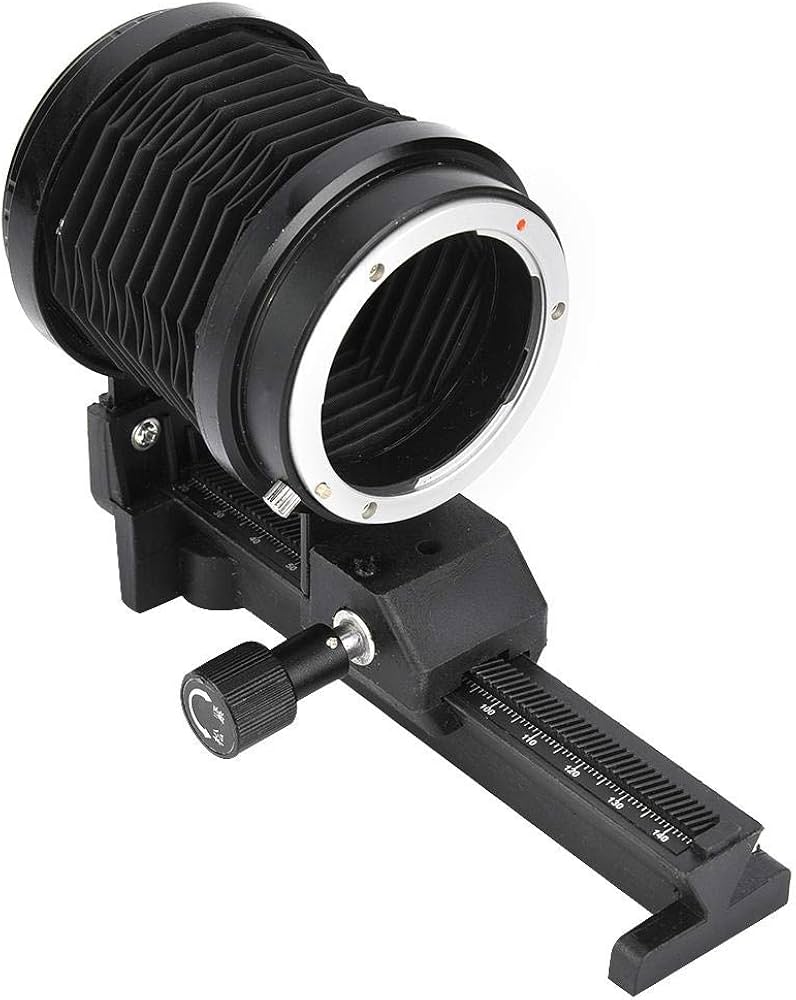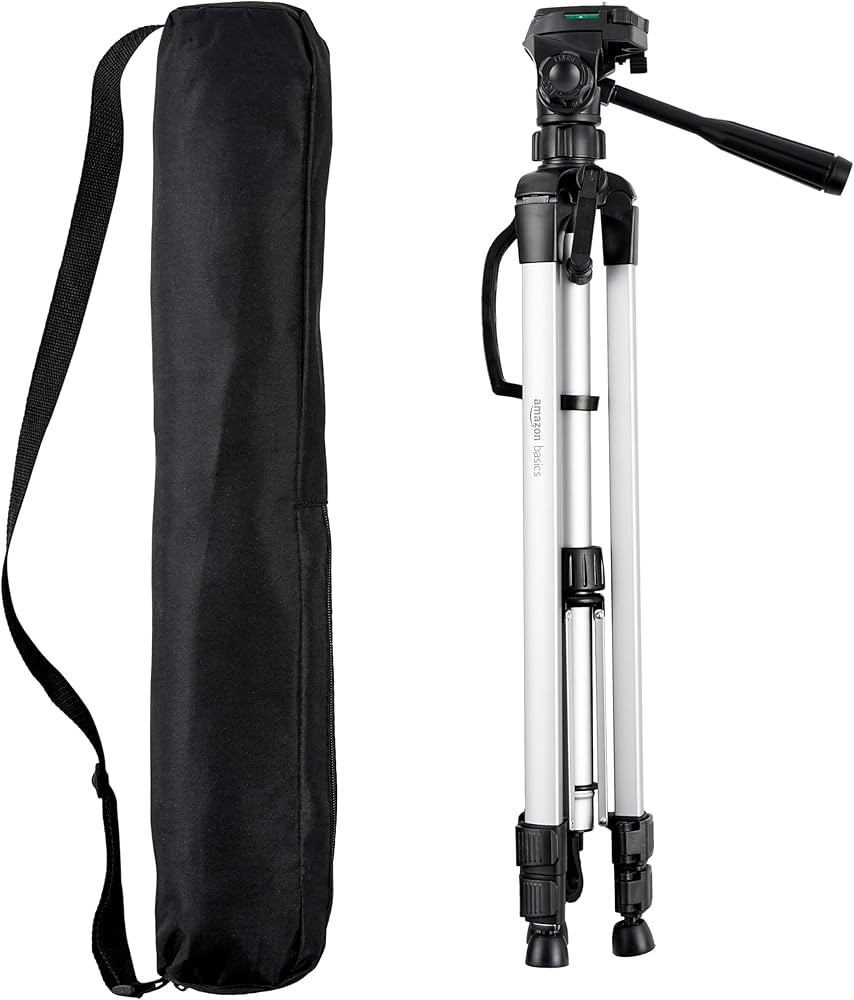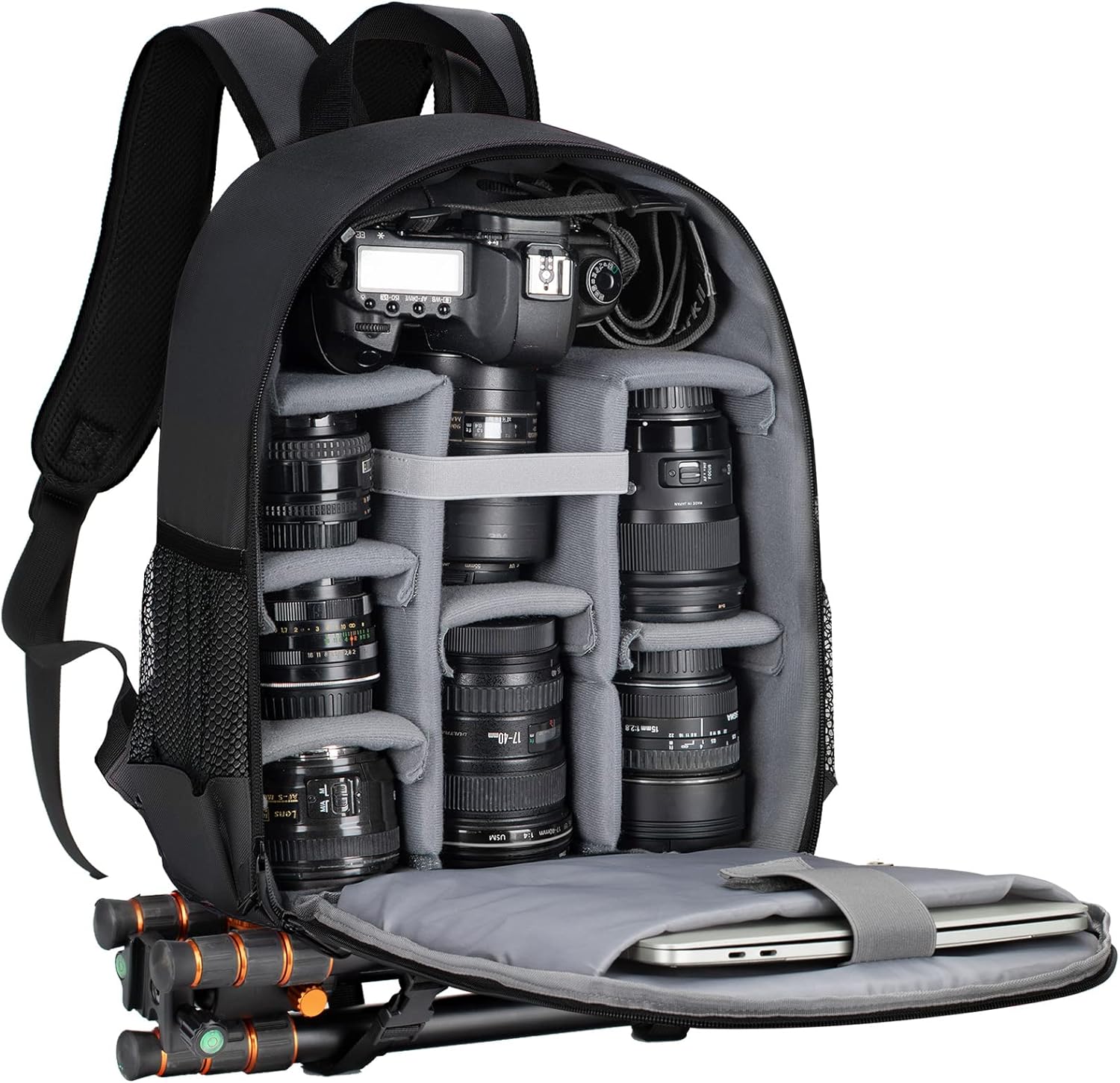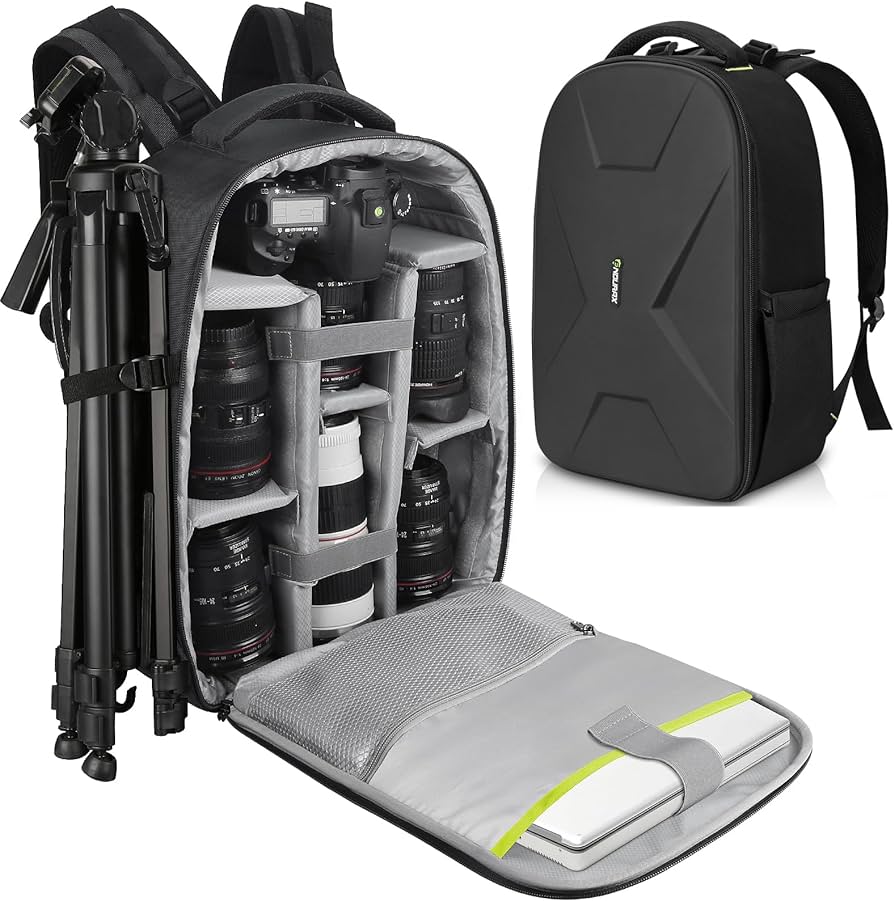Picture this: the soft hum of trains, the scent of freshly baked croissants lingering in the air, and the promise of adventures awaiting at every metro station. The Paris Métro is not merely a mode of transportation; it’s a portal to Parisian life (and the backbone of public transportation in the Paris region). We use it every single day and we can say with confidence that it’s the easiest way to get around the city in addition to biking and walking, and a great way to avoid dealing with a car or hailing a taxi.
In this comprehensive Paris metro guide we will explain the design of the capital and its arrondissements, and then we will go through each major aspect of the metro system so you can navigate it with some insider knowledge for your success.
Here are the key topics we’ll cover in this blog so you can familiarize yourself with the metro system:
1. Understanding the Paris Arrondissements (Neighborhoods)
2. Route Planning
3. Metro Ticketing System
4. Explaining the Signage for Navigating
5. Metro Etiquette
6. Hidden Gems!
-
Understand the Paris Arrondissements – What is a Paris Arrondissement?
Alright, let’s talk about the arrondissements…what does this word even mean? The arrondissement system in Paris is a unique administrative division that organizes the city into 20 distinct districts, commonly referred to as “arrondissements.” Each arrondissement is identified by a number, ranging from 1 to 20, and has its own unique character, landmarks, and cultural attractions.
Paris is basically shaped like a snail, with the 1st arrondissement located at the center, near the historic heart of the city. As you move outward in a clockwise direction, the arrondissements spiral outward, each radiating from the city center like the spokes of a wheel.
It’s worth mentioning that the arrondissements are more than just administrative divisions; they’re also reflections of Parisian history and urban development. For example, the central arrondissements tend to be older and more densely populated, with narrow streets and historic monuments, while the outer arrondissements are often more residential, with larger boulevards and green spaces.
Each arrondissement has its own mayor and town hall, as well as local services and amenities such as schools, libraries, and parks. While some arrondissements are known for their iconic landmarks (such as the Eiffel Tower in the 7th arrondissement or the Sacré-Cœur in the 18th), others are celebrated for their vibrant neighborhoods, markets, and cultural institutions.
2. Plan Your Metro Route Like a Pro (How to Map Out the Paris Metro System)
Before diving into the Parisian Metro maze, arm yourself with a plan. With over 300 stations spread across 16 train lines, it’s essential to chart your course wisely. Utilize digital tools like smartphone apps or the official RATP website and Bonjour RATP APP or Citymapper APP to map out your journey effortlessly. If you’re trying to get across Paris during rush hour for the first time, it’s a good idea to do a little research on the different lines in the french capital, so you feel confident you’ve found the best route for your journey. Trust us, this will make the whole process easier.
3. Crack the Code of Ticketing – All about Paris Metro Tickets
Ah, the infamous Parisian ticketing system – don’t worry, I’m here to demystify it for you.
Here is a little breakdown of the different ticket options offered at ticket machines and ticket counters (there is also generally a station attendant who can help):
Single-Use Tickets:
A single-ride ticket, known as a “Ticket t+” or “Billet t+,” is valid for a single journey on the Paris Metro, RER (within Paris city limits), buses, trams, and the Montmartre funicular. These tickets can be purchased individually or in packs of 10, offering a slight discount per journey. Once validated at the start of your journey, the single ticket remains valid for transfers within 90 minutes across the entire Metro map network, as well as transfers between Metro, RER, buses, and trams.
Normal Price: €2.50
Navigo Easy Card:
The Navigo pass Easy Card is a rechargeable contactless smart card designed for occasional travelers and tourists. It can be purchased at Metro and RER trains stations, as well as at select newsstands and tobacco shops. The card allows users to load credit onto it and use it for single journeys, similar to single-use tickets, but with the convenience of a reusable card. You can also buy tickets to the airports on these cards, and recharge them from your phone. These cards can only be used for ONE person during the journey so each person and any kids above 4 need a card. Kids do have a discounted rate!
Price: €2
Navigo Découverte:
The Navigo Découverte is a rechargeable contactless smart card primarily designed for residents but available to tourists as well. It offers unlimited travel on the Paris Metro, RER (within selected zones), buses, trams, and some suburban trains, for a specified period (typically a week or a month). The card requires a one-time purchase fee and is then loaded with weekly or monthly passes.
Paris Visite Pass:
The Paris Visite Pass is a tourist pass offering unlimited travel on the Paris Metro, RER, buses, trams, and some suburban trains, for consecutive days (1, 2, 3, or 5 days). It also includes discounts on certain attractions and activities in Paris and its surroundings.
The pass is available for different zones, allowing travel within Paris only or including the surrounding suburbs.
Price: from €6.25 a day
Contactless Payment:
Since 2019, the Paris Metro system has implemented contactless payment options for travelers with a contactless-enabled credit card or debit card ON AN ANDROID PHONE, as well as mobile payment methods like smartphones and smartwatches. You can also load your tickets directly onto your iphone using the Bonjour RATP app. To do this you must have the App Bonjour RATP (this app is in the language of your phone), you can load tickets onto your Navigo card via the app or you can load tickets straight onto the app and tap your phone to use them. Travelers can simply tap their contactless Navigo or cell phone via the Bonjour RATP app on the designated readers at Metro turnstiles and on buses to pay for their journey.
The great news is that there are ticket machines in every station and they DO offer instructions in English (and many other languages) if you just change the little flag icon in the corner.
If something isn’t clear, you can always ask for help from a station attendant nearby. Be careful of asking a stranger for help with buying your Paris metro tickets; the worst-case scenario could lead to you getting swindled.
4. Navigate with Confidence
Stepping into the Metro can feel overwhelming at first glance, but don’t stress – navigation is simpler than it seems. Signage in the Paris Metro system is designed to be clear, informative, and easily navigable for both locals and visitors.
Here’s how it typically works:
Paris metro lines are identified by numbers and colors. The color-coding makes it easy to identify which line you need to take and to follow the route on maps and signage. At your transfer points, look for a different color and metro number line on the signage to point you towards corresponding stations.
Signs on the platforms indicate the direction of the trains and the names of the stations along the line. These signs are often supplemented with digital displays or electronic boards showing real-time information about travel times, train arrivals, departures, and any service disruptions.
Directional signs are strategically placed throughout the stations to guide passengers to various exits, transfers to other lines, and points of interest.
Paris Metro stations are gradually becoming more accessible to people with disabilities. Signage indicating accessible routes, elevators, and facilities for disabled passengers is becoming more common.
Audio announcements are also made in trains and stations, providing information about upcoming stops, transfers, and other important details.
5. Embrace Metro Etiquette
This brings us to the unspoken rules of Metro etiquette – a quintessential aspect of Parisian culture. Honestly, these are pretty intuitive. Stand to the right on escalators, offer seats to the elderly or pregnant, and refrain from loud conversations or unruly behavior. By respecting these norms, you’ll seamlessly blend into the rhythm of Parisian life.
6. Discover Hidden Gems Along the Way
As you crisscross the city beneath the surface, keep your senses attuned to the hidden gems waiting to be discovered. From quaint cafes tucked away near Metro exits to vibrant street art adorning station walls, every Metro journey is a treasure trove of unexpected delights. Not ALL of Paris’ beauty is above ground!
As a photographer, I believe that every Metro stop tells a story worth preserving. From the grandeur of Palais Royal to the bohemian charm of Belleville, each station offers a unique snapshot of Parisian life. So don’t forget to pack your camera and capture memories that will last a lifetime. We have done some really fun shoots outside of metro stations before, for couples who love that iconic, old-fashioned metro sign in the background. It’s just SO classy.
If you have a portrait session booked at our studio and plan to come by Metro, you should know that the closest station is Odéon. Our studio is about a 3 min walk from the metro stop.
You can find a map of it HERE
Whether you’re a first-time visitor or a seasoned traveler, navigating the Metro is an experience not to be missed. We wish you the best of luck as you immerse yourself in the magic of the Paris Metro. Who knows what wonders await just a train ride away?
Until next time, au revoir et bon voyage!

